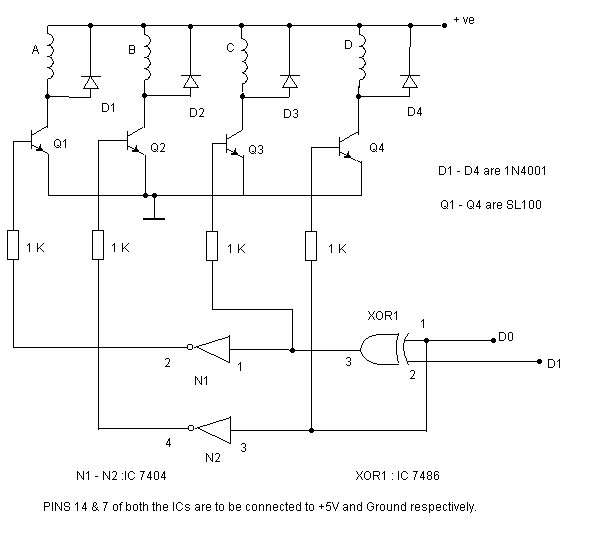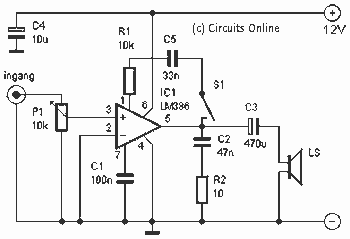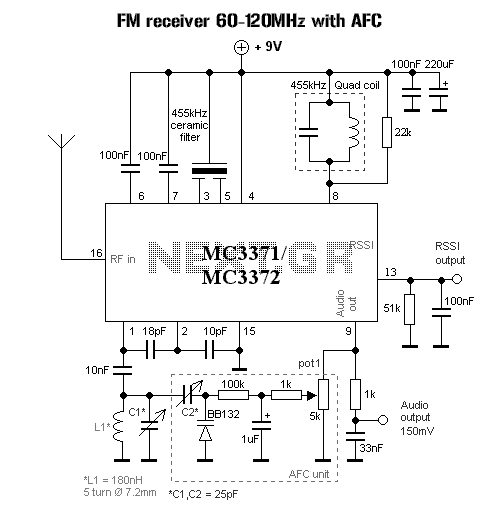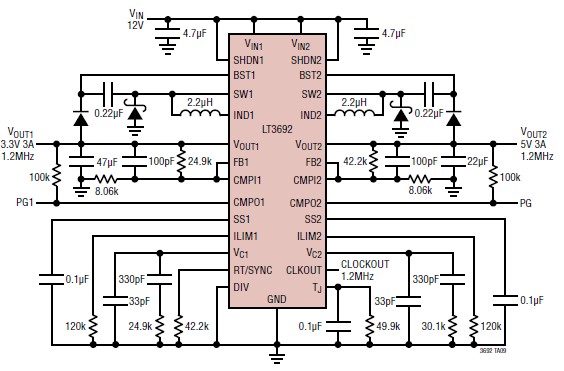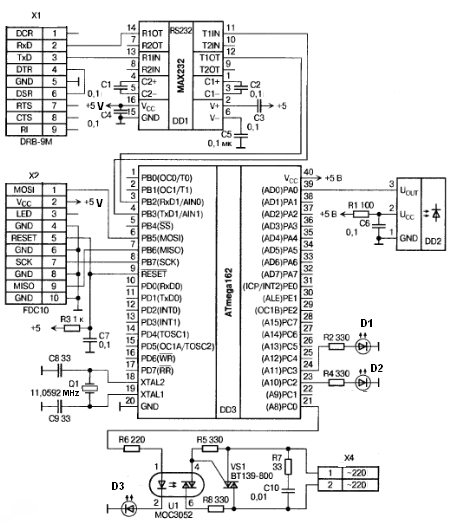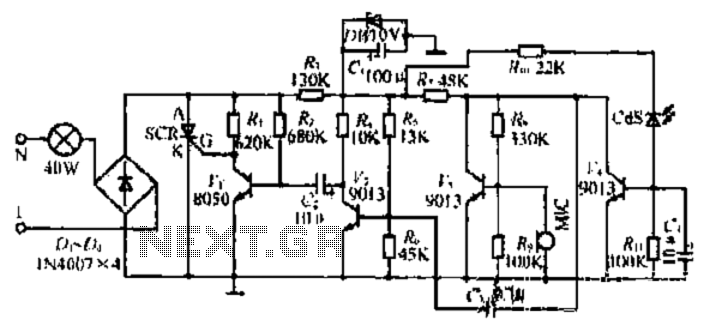
Automatic Light Controller Using 7806

Voltage regulator ICs (78xx series) provide a steady output voltage, in contrast to a widely fluctuating input supply, when the common terminal is grounded.
The 78xx series of voltage regulator integrated circuits (ICs) are widely utilized in electronic circuits to maintain a constant output voltage despite variations in the input voltage. These devices typically feature three terminals: input, output, and ground. The 'xx' in the series designation represents the output voltage level, with common examples including the 7805 (5V output), 7812 (12V output), and 7809 (9V output).
The operational principle of the 78xx series voltage regulators is based on linear regulation. When a varying input voltage is applied, the IC adjusts the resistance internally to provide a stable output voltage. The common terminal is connected to ground, establishing a reference point for the output voltage.
These regulators are designed to handle a specific range of input voltages, typically up to 35V, while providing a regulated output voltage. The maximum output current is usually in the range of 1A, making them suitable for many low to moderate power applications.
To ensure optimal performance, it is recommended to include bypass capacitors on the input and output terminals. A typical configuration might include a 0.33µF capacitor at the input and a 0.1µF capacitor at the output to filter out high-frequency noise. Additionally, for applications requiring higher current, heat sinks may be necessary to dissipate heat generated during operation.
In summary, the 78xx series voltage regulators are essential components in power supply design, offering ease of use and reliability for providing stable voltage levels in various electronic applications.Voltage regulator ICs (78xx series) provide a steady output voltage, as against a widely fluctuating input supply, when the common terminal is grounded. A.. 🔗 External reference
The 78xx series of voltage regulator integrated circuits (ICs) are widely utilized in electronic circuits to maintain a constant output voltage despite variations in the input voltage. These devices typically feature three terminals: input, output, and ground. The 'xx' in the series designation represents the output voltage level, with common examples including the 7805 (5V output), 7812 (12V output), and 7809 (9V output).
The operational principle of the 78xx series voltage regulators is based on linear regulation. When a varying input voltage is applied, the IC adjusts the resistance internally to provide a stable output voltage. The common terminal is connected to ground, establishing a reference point for the output voltage.
These regulators are designed to handle a specific range of input voltages, typically up to 35V, while providing a regulated output voltage. The maximum output current is usually in the range of 1A, making them suitable for many low to moderate power applications.
To ensure optimal performance, it is recommended to include bypass capacitors on the input and output terminals. A typical configuration might include a 0.33µF capacitor at the input and a 0.1µF capacitor at the output to filter out high-frequency noise. Additionally, for applications requiring higher current, heat sinks may be necessary to dissipate heat generated during operation.
In summary, the 78xx series voltage regulators are essential components in power supply design, offering ease of use and reliability for providing stable voltage levels in various electronic applications.Voltage regulator ICs (78xx series) provide a steady output voltage, as against a widely fluctuating input supply, when the common terminal is grounded. A.. 🔗 External reference
